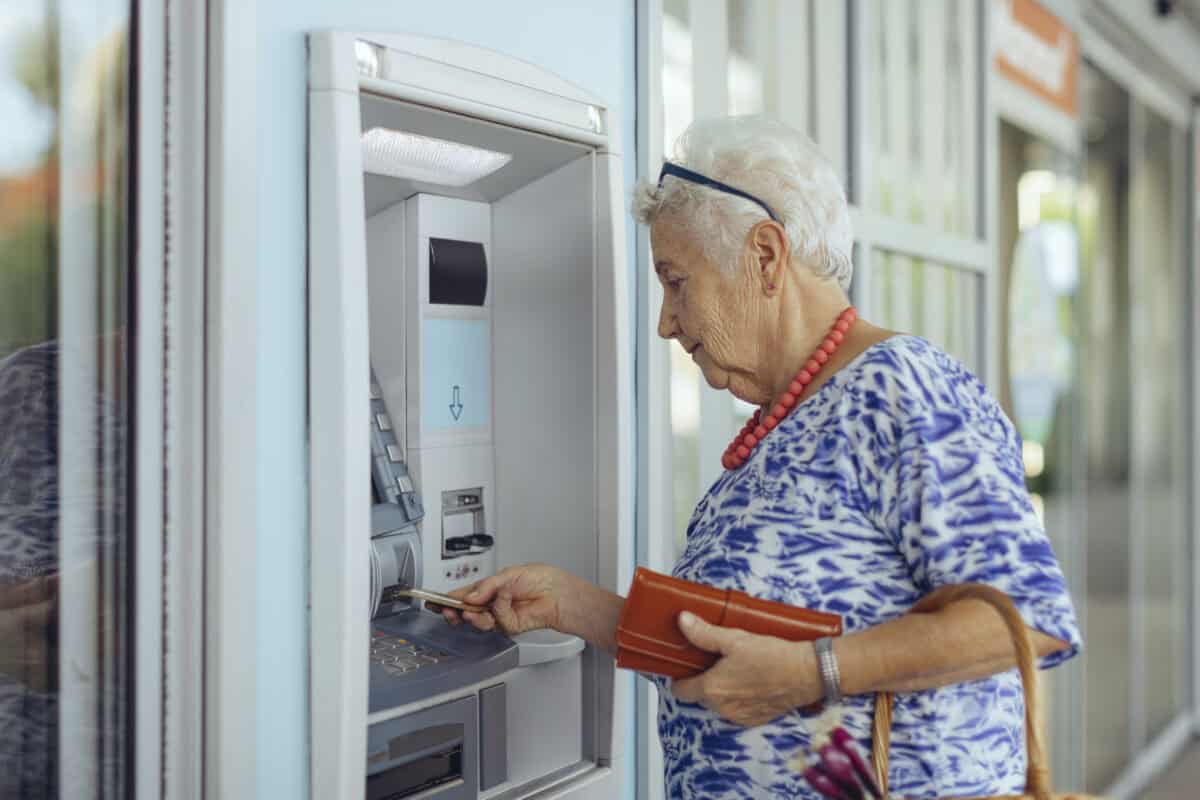If you’re receiving CPP benefits, you might be wondering about whether you will someday face the old age security (OAS) clawback. The OAS clawback is a $0.15 reduction of your old age pension for every dollar of income you earn past $90,977. At an income level of $149,000, OAS is fully clawed back and you receive nothing from the program.
The OAS clawback is influenced by your CPP amounts because CPP income counts toward the ‘net income’ that determines whether you will get clawed back. For example, if you earn $80,000 in an employer-sponsored pension and nothing else, you do not face the OAS clawback. If, however, you have $20,000 in annual CPP on top of the $80,000 pension, you will get clawed back. There are ways to avoid the OAS clawback, though. In this article, I will explore four ways of doing so.
Work fewer hours
The easiest way to avoid the OAS clawback is to simply work fewer hours. Your total income includes employment income, pension income, and investment income. If you are still working in your sixties and your income is high enough to face the OAS clawback, then cutting back on your hours should reduce the clawback somewhat.
Delay taking CPP
Another way to avoid the OAS Clawback, at least temporarily, is to avoid taking CPP. OAS payments start automatically at age 65 but CPP benefits can be delayed until age 70. If you skip taking CPP benefits, then you lower your income by the amount of CPP you’d otherwise be getting. This may spare you the OAS clawback. On the flip side, by delaying taking CPP, you receive more benefits per year when you finally do take them. So, there is much wisdom in delaying.
Claim more tax breaks
Last but not least, you can reduce your net income by claiming more tax breaks, which can in turn reduce your OAS clawback. If you’re like most Canadians, you probably have countless deductible donations, work expenses, and tuition fees in the run of a year that you could claim but don’t. If you take the time to track all of your expenses and claim more of them as deductions, it could spare you the OAS clawback.
Invest in an RRSP
A great tax deduction to claim is the deduction for RRSP contributions. All you need to do to claim this tax break is contribute money to your RRSP. Provided that the contribution is within your limit (check the CRA website for yours’), it will give you a tax break.
As for good investments to hold in an RRSP:
You could consider an ETF like the BMO Canadian Dividend ETF (TSX:ZDV). This ETF provides high dividend income in a diversified package, so there’s both income potential and risk reduction built in. The fund’s yield is 3.8%. That’s not extremely high but is higher than the TSX Composite Index, and most broad market indices globally. The maximum annual management fee is about 0.35%, which is pretty typical for “themed” ETFs such as dividend funds. Finally, the fund is overweight Canadian financials, a sector that has performed well and stood the test of time. On the whole, ZDV is an RRSP holding worth looking into.









